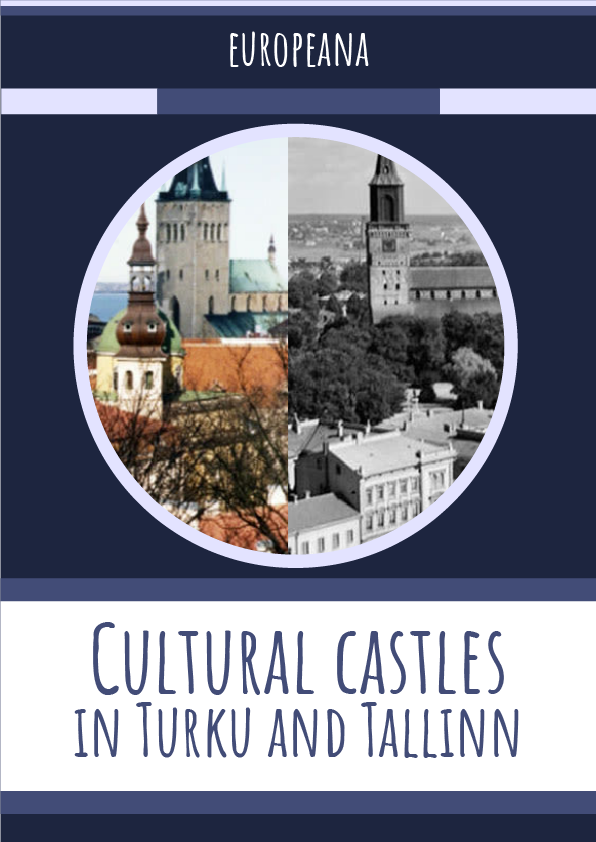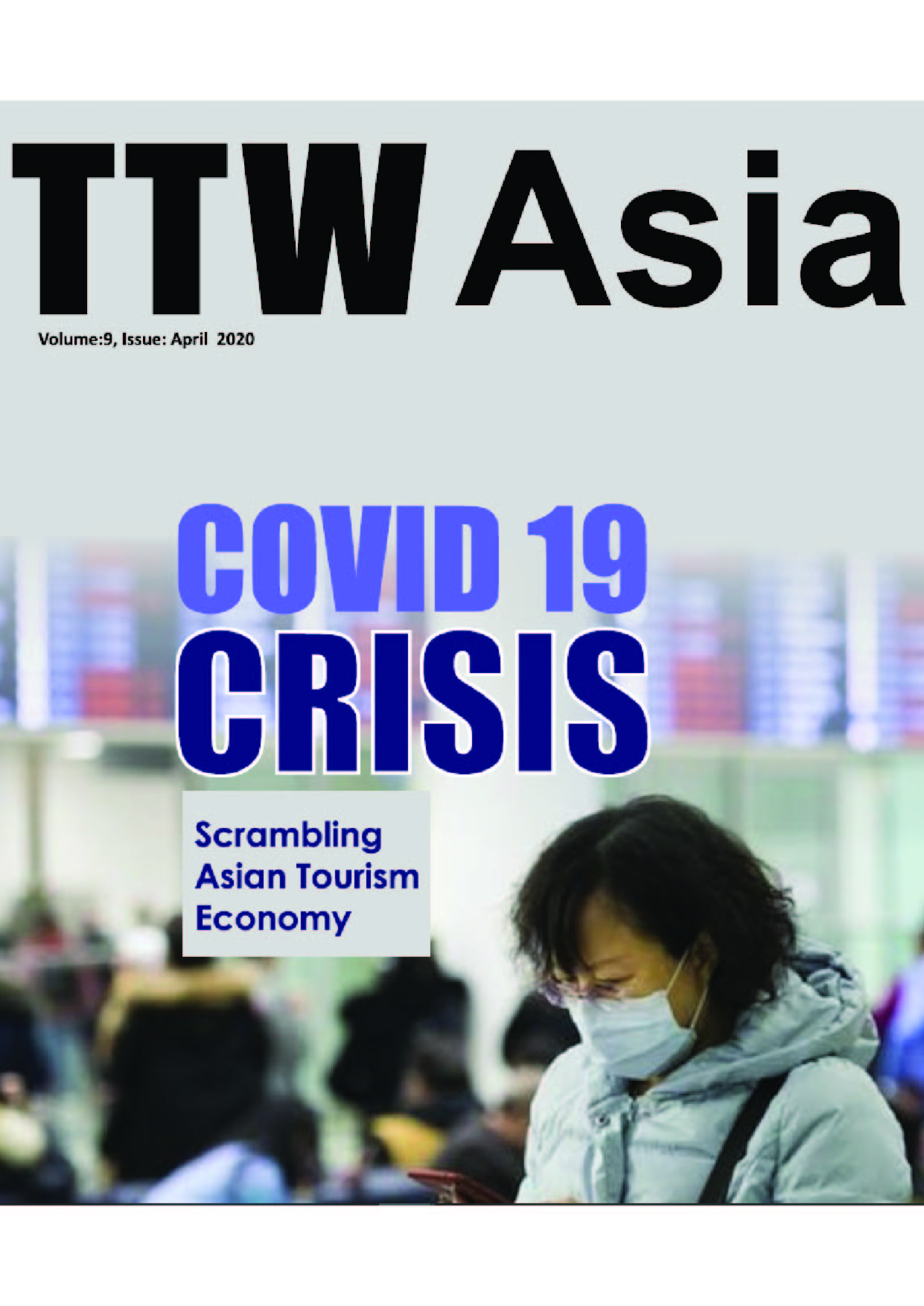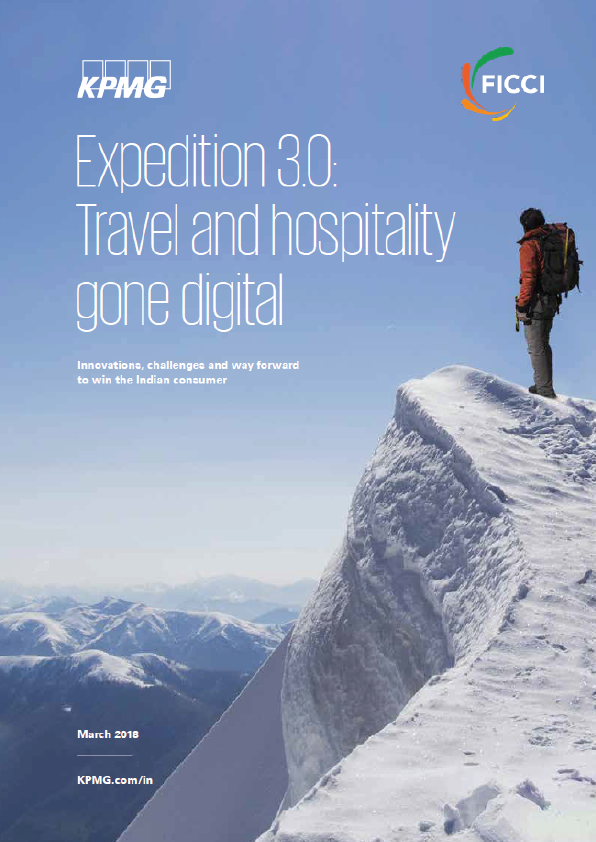Exploring castles in the medieval cities of Tallinn and Turku
The vast dimensions of European culture cannot be captured with a quick glance. Since 1985, the European Union has dedicated a calendar year to a European city or cities to promote Europe’s immense cultural assets.
Previous European Capitals of Culture include Athens (1985), Lisbon (1994), Graz (2003), Sibiu (2007) and Istanbul (2010.)
EXPLORE MORE: Read about the European Capital of Culture initiative
In 2011, the European Capitals of Culture are Turku and Tallinn, two important medieval trade ports.
Important trade cities always attracted all sorts of ‘entrepreneurship’ making defensive structures necessary. Tallinn and Turku were no exception: Turku castle and Toompea castle in Tallinn were built to withstand possible outside (and inside) aggressions. The first bricks of the Turku castle were laid in late 13th century, when Finland was part of Sweden. It was built primarily as the main defensive structure of the city to secure naval traffic from present-day Sweden (especially Stockholm) and to oversee the Aura river. Its importance as a defence of the city was luckily only tested once – in 1318, Russians from Novgorod destroyed Turku. The castle saw many uses: from being a stronghold for the rivals of the king of Sweden to acting as an administrative centre for western Finland. In 1987, renovations of the castle were completed and it now serves as the Turku provincial museum.
Toompea castle was built slightly earlier than Turku castle. Estimates vary from the 10th to the 11th century. It started out as a wooden fortress but was gradually built in a more solid way. The majority of the present-day castle was erected in late 11th and 12th centuries. The castle consists of three parts, built on the hill of Toompea (from the German ‘Domberg’, literally meaning ‘dome hill’) in the centre of Tallinn . The hill takes its name from the Dome Church that also resides on the hill. During its colourful history, the castle has been occupied not only by Estonians (or the people of the ancient North-Estonian county Revala) but also by Danes, Swedes and Russians. Today, Toompea Castle serves as the home of the Riigikogu, the Estonian parliament.
EXPLORE MORE: Discover more castles and palaces in this gallery
By Lauri Poutanen, intern at Europeana Foundation











